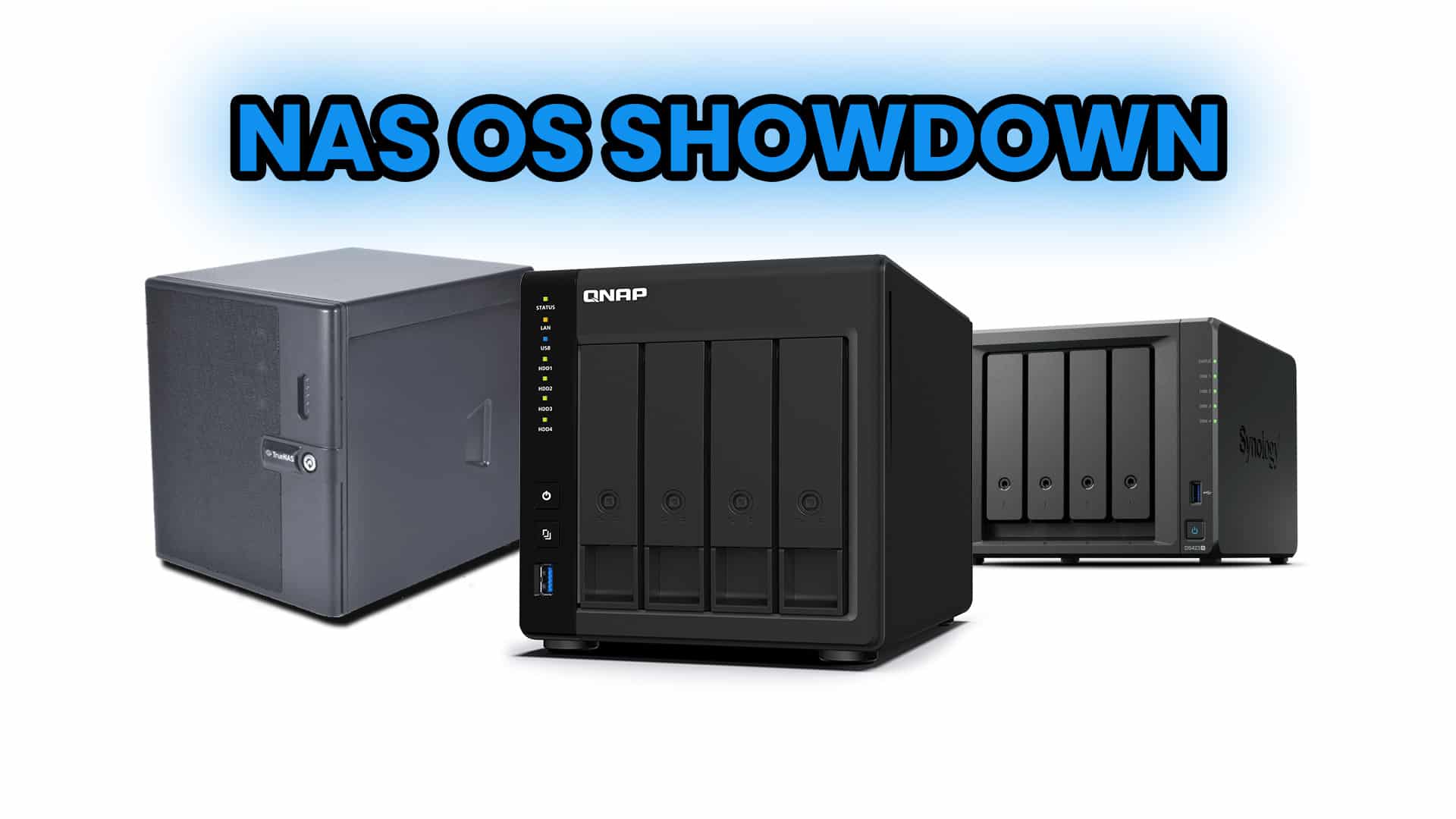With the vast amount of data we produce in today’s digital world—at home or in a business—photos, videos, documents, backups and software, all require recurring or potentially recurring, space and intelligent storage. It is at this moment that NAS (Network Attached Storage) becomes an effective solution.
What is a NAS?
A NAS (Network Attached Storage) is a storage appliance connected to your home or office network. Unlike traditional external hard drives, which are connected to one computer, a NAS system can be accessed by multiple devices over the network. NAS can be thought of as your own private cloud that you manage and control with no monthly subscription charge, no data mining, and safely stored and managed in your dusty old comms cabinet. NAS appliances are really mini-computers with hard drives, by design, they are built to efficiently store and share data to over a network.
Why You Might Need a NAS
A NAS could be a life-changing tool – for a SMB, content creator or simply someone who has seen their digital life grow over time.
Here are some of the reasons why:
Centralized file storage – Store everything in one spot and access from any device on the network.
Automatic backup – You can setup backup schedules to back to the NAS using something called snapshots.
Cloud backup – Transfer your backed up data or snapshots to a cloud service like Wasabi or Amazon S3.
Media streaming – Stream movies, music or photos directly from your NAS on smart TVs or mobile devices.
Remote access – Have the ability to access your files from anywhere in the world.
Data redundancy – Protect your data by utilizing RAID configurations that would mirror or stripe disks.
In a nutshell, a network attached storage solution provides comfort, safety, and efficiency.
Top NAS Brands Comparison: Synology, QNAP, and TrueNAS
When choosing a NAS, three major players dominate the market: Synology, QNAP, and TrueNAS. Each has its strengths and weaknesses, and the right choice depends on your needs.
| Feature | Synology | QNAP | TrueNAS (Core) |
|---|---|---|---|
| Best for | Home users, SMBs | Power users, creative professionals, SMBs | Advanced users, enterprise setups, DIY builders |
| Ease of Use | ⭐⭐⭐⭐⭐ – Extremely user-friendly interface | ⭐⭐⭐⭐ – Powerful but slightly more complex | ⭐⭐ – Steep learning curve, CLI-driven for many tasks |
| Operating System | DSM (DiskStation Manager) | QTS (QNAP Turbo NAS OS) | TrueNAS CORE (based on FreeBSD & ZFS) |
| Expandability | Good – up to 12-bay expansion (depends on model) | Excellent – wide range of models and add-ons | Unlimited – depends on hardware used |
| App Ecosystem | Extensive third-party app support | Extensive with more experimental features | Limited GUI apps, strong in command-line and plugins |
| Performance Options | Good consumer-grade options, some enterprise | High-end models available with GPUs, 10GbE, NVMe cache | Fully customizable – depends on your build |
| RAID & File System | RAID + Btrfs or ext4 | RAID + ext4/ZFS (on some models) | ZFS only – extremely resilient and advanced |
| Cost | Mid-to-high depending on model | Wide range from budget to high-end | Can be low-cost (DIY) or expensive (TrueNAS Mini/Enterprise) |
| Security & Updates | Very regular firmware and security updates | Regular, though sometimes slower than Synology | Community-maintained but reliable for tech-savvy users |
A NAS solution isn’t just for tech nerds or corporations anymore. Whether you’re storing family photos or managing terabytes of business data, network attached storage will provide peace of mind and productivity.
If you’re not sure which NAS is best for you or need help setting one up, our team at Accel IT can help you get started with the best solution for you.




